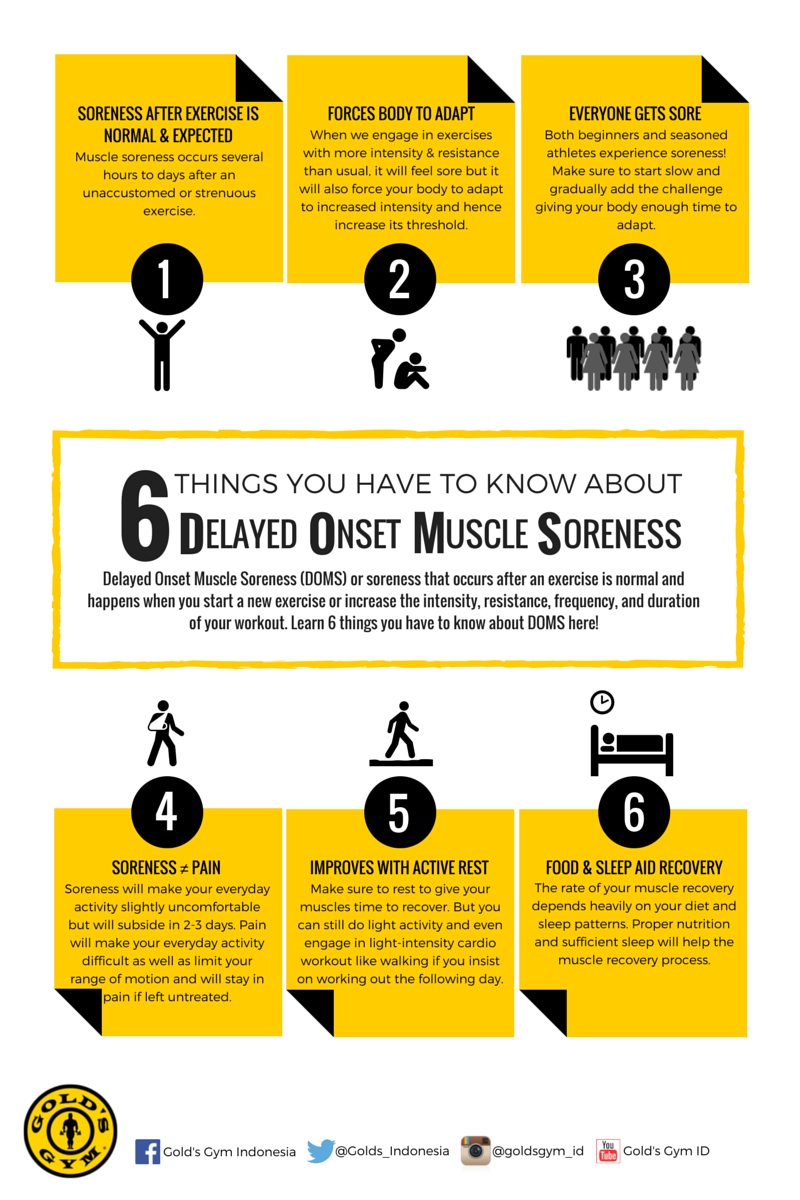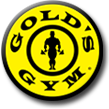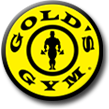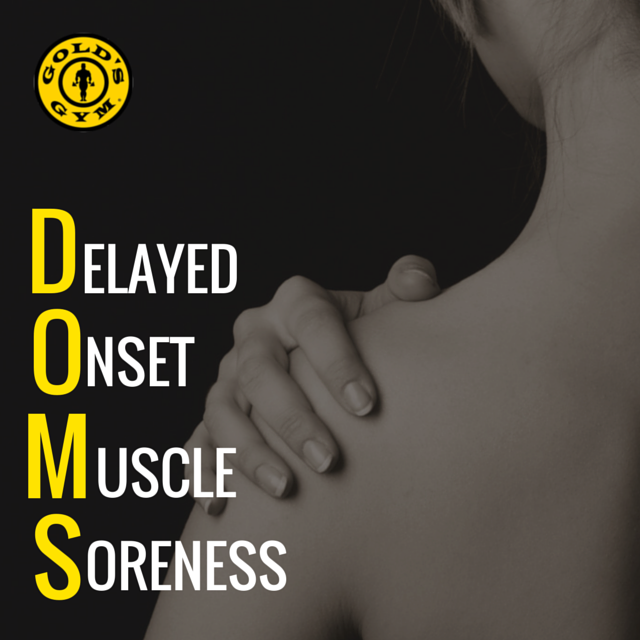KNOWLEDGE
6 Things You Have to Know About Delayed Onset Muscle Soreness (DOMS)
March 2, 2015
Feel stiff and a dull ache all over your body after an exercise? Whether you’re a beginner just starting to exercise or a seasoned gym rat introducing more challenging movements to your regimen, we’ve all experienced this soreness. But, is it normal? Learn all about Delayed Onset Muscle Soreness (DOMS) in this infographic!

1. NO PAIN, NO GAIN
Delayed Onset Muscle Soreness (DOMS) is soreness that happened after a new workout that occurs due to microscopic tears on muscle fibers involved in the exercise. Microscopic damage to the muscle is normal and expected during an exercise. The muscle will repair itself during rest and this will in turn promote growth in muscle size and strength. So, if you’re experiencing soreness, it means you’re on the way of gaining more muscle!
2. ADAPTING TO NEW CHALLENGES
DOMS happens when your body is subjected to unaccustomed stress from new movements in your exercise routine or an increase in intensity, frequency, duration, and resistance in your workout. The good news is your body will gradually adapt to the new stress and will increase its threshold, which means your fitness level is improving. Once your body adapt to it, you won’t experience the soreness until you are introducing more challenges to your routine. You can minimize the soreness by taking it slow. Build up your fitness level gradually by slowly increasing the intensity, frequency, duration, and resistance in your workout to allow your body to adapt to it first.
3. EVERYONE EXPERIENCES SORENESS
The exercise beginners are not the only one that will experience DOMS; even the more conditioned exercisers are not exempted from the dreaded soreness. As explained on the previous point, DOMS will happen when you introduce a new stress to your body. The key is not to rush with your workout. Beginners should start with lighter weights focusing more on proper form, 2-3 times a week for 1-2 months before they should start gradually building their threshold. Conditioned exercisers who want to introduce new and more intense movements to their regimen should also begin gradually to give their body enough adaptation time.
4. SORENESS IS NOT PAIN
One important thing to note is soreness is different from pain, and mistaking the two could be fatal. Soreness means you can still do your day-to-day activity with slight discomfort and will usually subside within 2 – 3 days. Pain due to injury that might be caused by excessive intensity or weight as well as bad form on the other hand might render you debilitated with very limited range of motion and will persist if left untreated. Learn more about how you can differentiate between sore and pain HERE!
5. TAKE ACTIVE REST
It’s important to allow your muscles to rest to aid recovery but that doesn’t mean you can’t do any activity at all and be bound to your bed. Resume your everyday routine like normal and engage in light activity. If you insist on doing more exercise on the consecutive days, try to limit them to low-intensity cardio exercises like walking or swimming. Don’t push your body past its limits as it might cause unwanted injury. You can also try stretching your muscles after the workout to help recovery.
6. FOOD & SLEEP AID RECOVERY
The rate of your muscle recovery depends heavily on your diet and sleep patterns. Proper nutrition and sufficient sleep will definitely help with the muscle repairing process and recovery.
Muscle soreness after an exercise is normal and expected when you’re starting a new regimen. Take an active rest and make sure to get proper nutrition and sufficient sleep to allow for your muscle to recover. Be careful not to mix up muscle soreness with pain from an injury. If you experience prolonged extreme discomfort after an exercise, always consult with your doctor.
Gold's Gym Club
Gold's Gym Mall Ciputra | Gold's Gym Mall of Indonesia | Gold's Gym Thamrin City | Gold's Gym Cilandak Town Square | Gold's Gym Baywalk Mall Pluit | Gold's Gym Kalibata City Mall | Gold's Gym Braga Citywalk | Gold's Gym Cihampelas Walk | Gold's Gym Summarecon Mall Serpong | Gold's Gym Mall @ Alam Sutera | Gold's Gym Bintaro X-change | Gold's Gym The Breeze BSD | Gold's Gym Grand City Surabaya | Gold's Gym Surabaya Town Square | Gold's Gym Grand Metropolitan Bekasi
Gold's Gym Mall Ciputra | Gold's Gym Mall of Indonesia | Gold's Gym Thamrin City | Gold's Gym Cilandak Town Square | Gold's Gym Baywalk Mall Pluit | Gold's Gym Kalibata City Mall | Gold's Gym Braga Citywalk | Gold's Gym Cihampelas Walk | Gold's Gym Summarecon Mall Serpong | Gold's Gym Mall @ Alam Sutera | Gold's Gym Bintaro X-change | Gold's Gym The Breeze BSD | Gold's Gym Grand City Surabaya | Gold's Gym Surabaya Town Square | Gold's Gym Grand Metropolitan Bekasi
CONTENT WRITE UNDER





